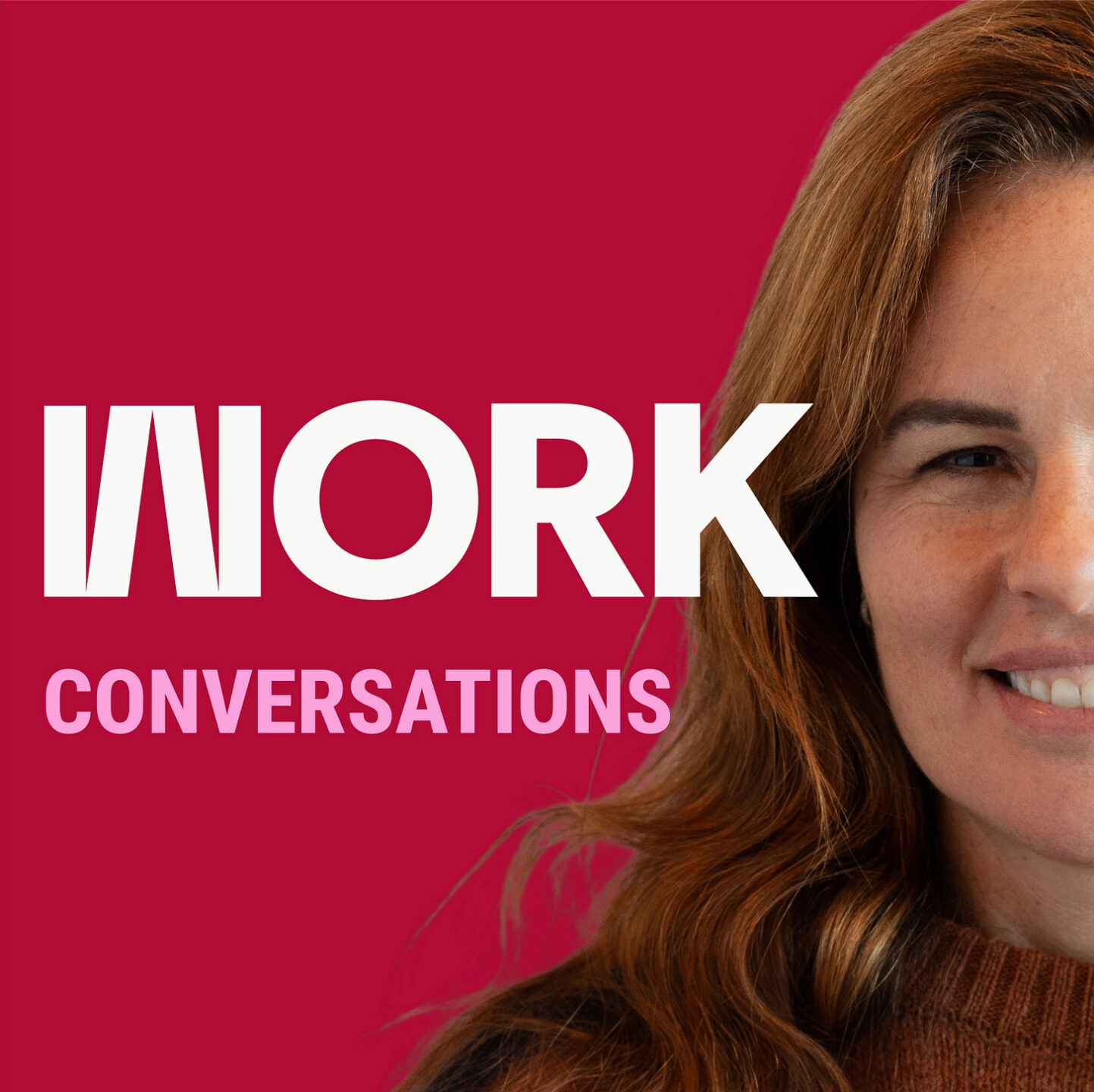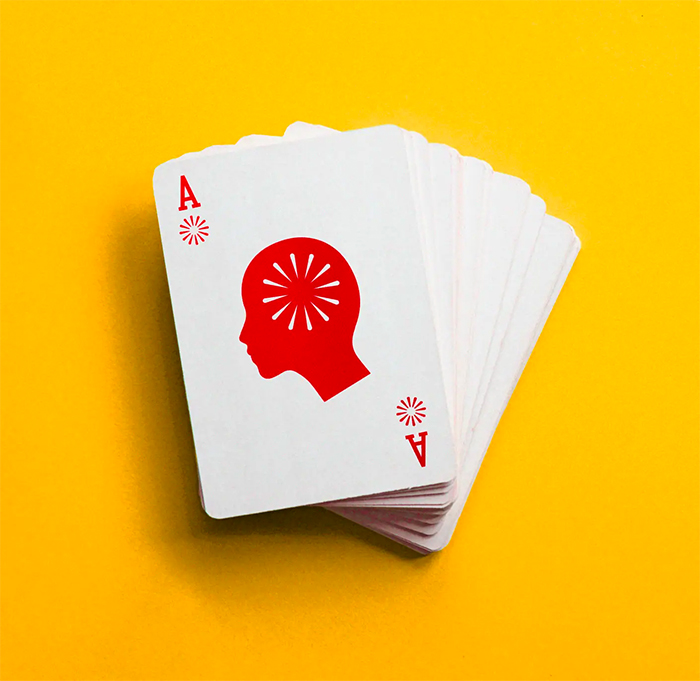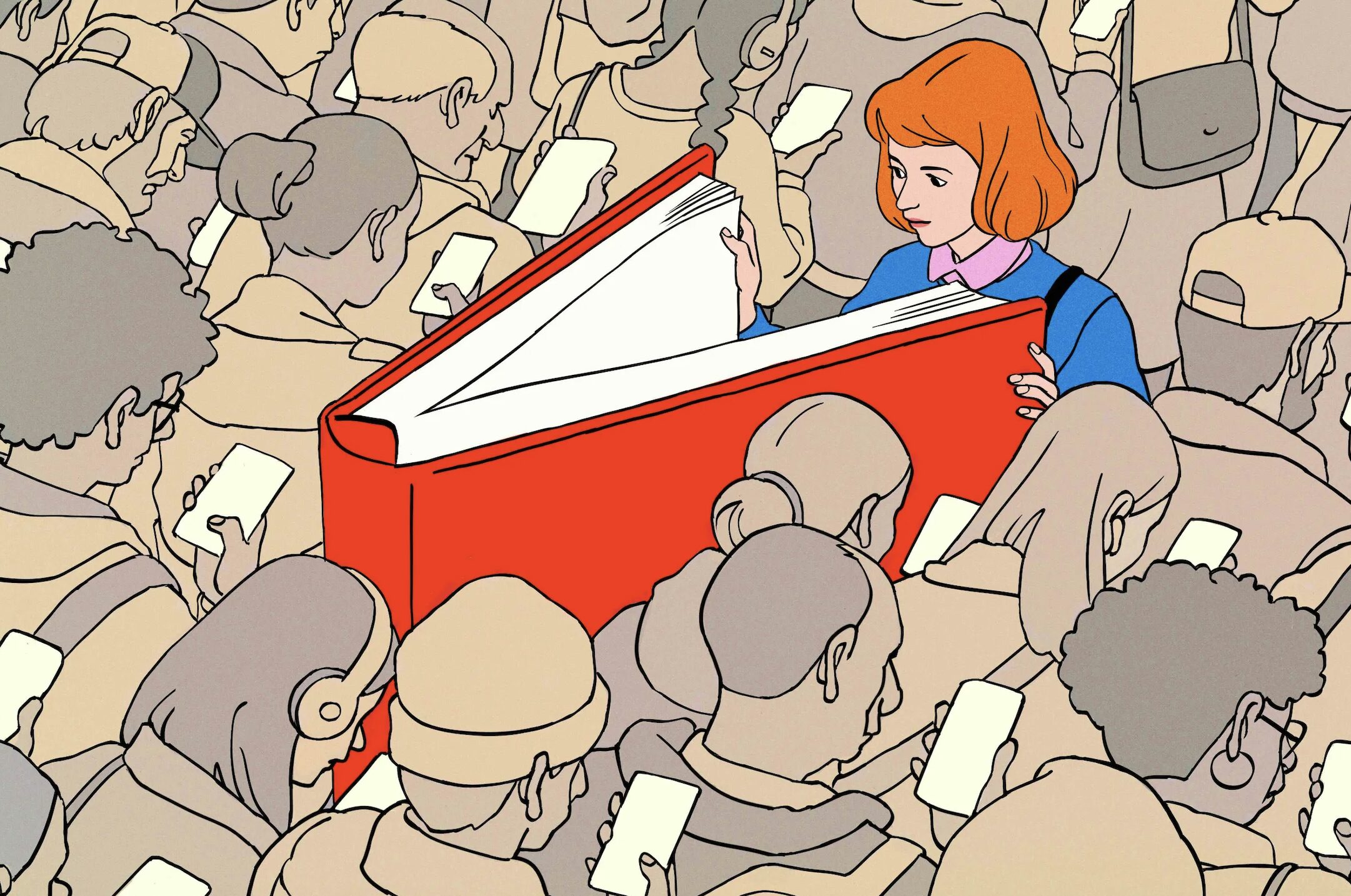
Erika Ayers Badan: What Do You Want?
Please meet Cynthia Pong. She came to me by way of super-connector and personal board director an occasional SVU actor, Sarah Storm. Cynthia Pong packs…
Thought Leader: Erika Ayers Badan

Back in my pauper 20s, I found myself at Kentucky’s Churchill Downs racetrack, overheard someone say to always bet on a horse that does a lot of pre-race pooping, bet $3 on just such a prodigious creature, and won. I remember the exact amount — $125 — and I remember exactly what my girlfriend and I did the minute we had cash in hand: We beelined it to a Japanese restaurant and ate $125 worth of sushi. We felt this was a sign, that luck was on our side, that our destiny was writ in the stars. On the one hand, it was: My girlfriend became my wife. On the other, I’ve probably lost hundreds of dollars casually wagering once a year on the Kentucky Derby in honor of that sushi dinner.
If we live in a universe predicated on randomness and luck, Maria Konnikova writes in her fascinating new book, “The Biggest Bluff,” then on a planet of 7.5 billion people, the idea of “one chance in a million” isn’t so unusual. “Someone will lose a job,” she writes. “Someone will fall ill with a mysterious disease. Someone will win the lottery.” Or maybe just make $125 on their first $3 bet, or find a life partner in the crowd, or contract Covid-19 through an Amazon package while others remain healthy hoisting fluorescent drinks in a crowded Ozarkian pool somewhere. Even rarity can verge on the quotidian. “It is pure statistics, and it is part of life, neither good nor bad,” she says.
The deeper challenge for us humans on Earth — Earth being only one of 40-some billion other Earthlike planets in our galaxy — is that our brains can’t figure out what to do with numbers. “The equation of luck and skill is, at its heart, probabilistic,” Konnikova writes. But our primal selves are hard-wired by experience and hot emotion, which distorts and limits our view of things, sometimes magnifying threats and opportunities. There’s always a T-Rex lurking around the corner; we’re one leprechaun-stumble from a pot of gold. But what if we could be more dispassionate in regarding our own destiny? What if we could see through the ups and downs, the glories and tragedies — our own winning and losing streaks, really — to the underlying grid of chance and self-determination that guides all of life, including issues of love, health and money?
On its face, “The Biggest Bluff” is a book that seeks to answer this question by focusing on the author’s own unusual quest to succeed in the world of high-stakes poker — specifically, No Limit Texas Hold‘em — a game Konnikova argues is the perfect distillation of our probabilistic universe, with all its combination of knowns and unknowns. Two “hole” cards are placed face down before each player, five cards are seen by everyone as the game progresses. What follows are four “streets,” or rounds of betting, with ever-shifting feints, fakes and dodges. Her plan is simple: With the help of the poker legend Erik Seidel, whom she enlists as a mentor (and whose mantra — “Less certainty, more inquiry” — should be the forearm tattoo for our times), she will train up and use herself as a test case. “How could you ever hope to separate the random from the intentional?” she asks.


As a writer with a Ph.D. in psychology, she’s not really a gambler at all. She couldn’t care less for casinos, with their soiled rugs and free drinks. She’s not great at math. And yet she already possesses her workaround. “If you are starting from scratch,” she asks, “can a deep understanding of the human mind win out over the mathematics and statistical wunderkinds of the poker table? In a way, it’s as much a test of life philosophy as anything else. The qualitative side of things versus the measurable. The human versus the algorithmic.”
What elevates Konnikova’s journey above a Plimpton-esque stunt is the way she constantly peppers “The Biggest Bluff” with compelling studies and quotes. We hear from a rotating cast of luminaries including Immanuel Kant, W. H. Auden and John von Neumann, the father of game theory, who tells us that all of life is full of “little tactics of deception.” We learn about Julian Rotter’s “locus of control” studies, thin-slice judgments, and positive and negative recency. Seidel pops up again and again with words of wisdom, eschewing systems and inflexible styles, telling her poker is like jazz (“It’s all about what are these guys doing, and how do I respond to it?” he says. “But to the best extent that you can, you have to be a freethinker.”)
Konnikova is like your smart friend who instantly contextualizes everything by sharing the latest data and sharpest insight, whom you come to quote too often to other friends and family. (My trapped teenagers have heard me babble enough about various Konnikova-isms: how probability has amnesia, how winning streaks and losing streaks are impersonal randomizations, how skill might in fact win out over the long haul.) Meanwhile, at the table, she begins to gather herself, ticking the boxes: attention, presence, flow, objectivity over emotionality, correctly reading her opponents while garbing her own “tells,” or gestures that might give away her hand. She meets with anyone good at the game, adds psychological counseling (which leads her to her own personal Rosebud) and coaching sessions, one with Blake Eastman, an expert on nonverbal communication, who has her study hours of video of herself playing, which reveals Konnikova’s various tics, including a habit of rechecking her cards.
The most demoralizing realization in all of this is that, while poker might be the most egalitarian of games — no one cares what college you went to or what label you’re wearing at the table — the game stubbornly remains a man’s world, 97 percent male, according to Konnikova. In the main event, the World Series of Poker, women have only garnered 1.5 percent of the coveted winner’s bracelets. So Konnikova endures the harassment, the terrible name-calling and condescension and idiocy, turning the tables with her knowledge again, including a study that shows men are 6 percent more likely to try to bluff women in a hand, which prompts Konnikova to realize they will fold more often, too, if she plays more erratically — if she raises, check-raises and three-bets. Now, she wears headphones when she needs to cut out the sexist banter, all the while watching the hands of the players — not their faces (that’s another fascinating study) — trying to gain some edge at the table.
“The Biggest Bluff” is a feminist story without being a feminist tract. It’s an underdog tale in which the rise of the underdog has an air of inevitability and sweet revenge. It’s a nonfiction Bildungsroman minus the navel-gazing. Konnikova keeps the lines so clean and even, so steady and unshowy that she might be the Charlie Watts of prose: While the backbeat never ceases and the narrative propels along, it’s her curiosity that proliferates. In fact, one of the biggest bluffs of “The Biggest Bluff” may be that Konnikova hasn’t written a book about her success with cards and chips exactly, but bet the house on the power of her mind to synthesize big philosophical ideas and psychological insights at a time when we, too, find ourselves questioning our fortunes, hoping to master our fates and playing much bigger odds than ever before.
Erika Ayers Badan: What Do You Want?
Please meet Cynthia Pong. She came to me by way of super-connector and personal board director an occasional SVU actor, Sarah Storm. Cynthia Pong packs…
Thought Leader: Erika Ayers Badan
Patrick McGee: Foreign Affairs Best Books of 2025
McGee, a Financial Times journalist, brings his investigative skills to bear on the fascinating history of how, over a quarter century, China and the technology…
Thought Leader: Patrick McGee
Dr. Sanjay Gupta: How to Identify Medical Misinformation
As a practicing neurosurgeon and CNN’s chief medical correspondent, Dr. Sanjay Gupta can spot false health claims from a mile away. Still, he recently became…
Thought Leader: Sanjay Gupta

